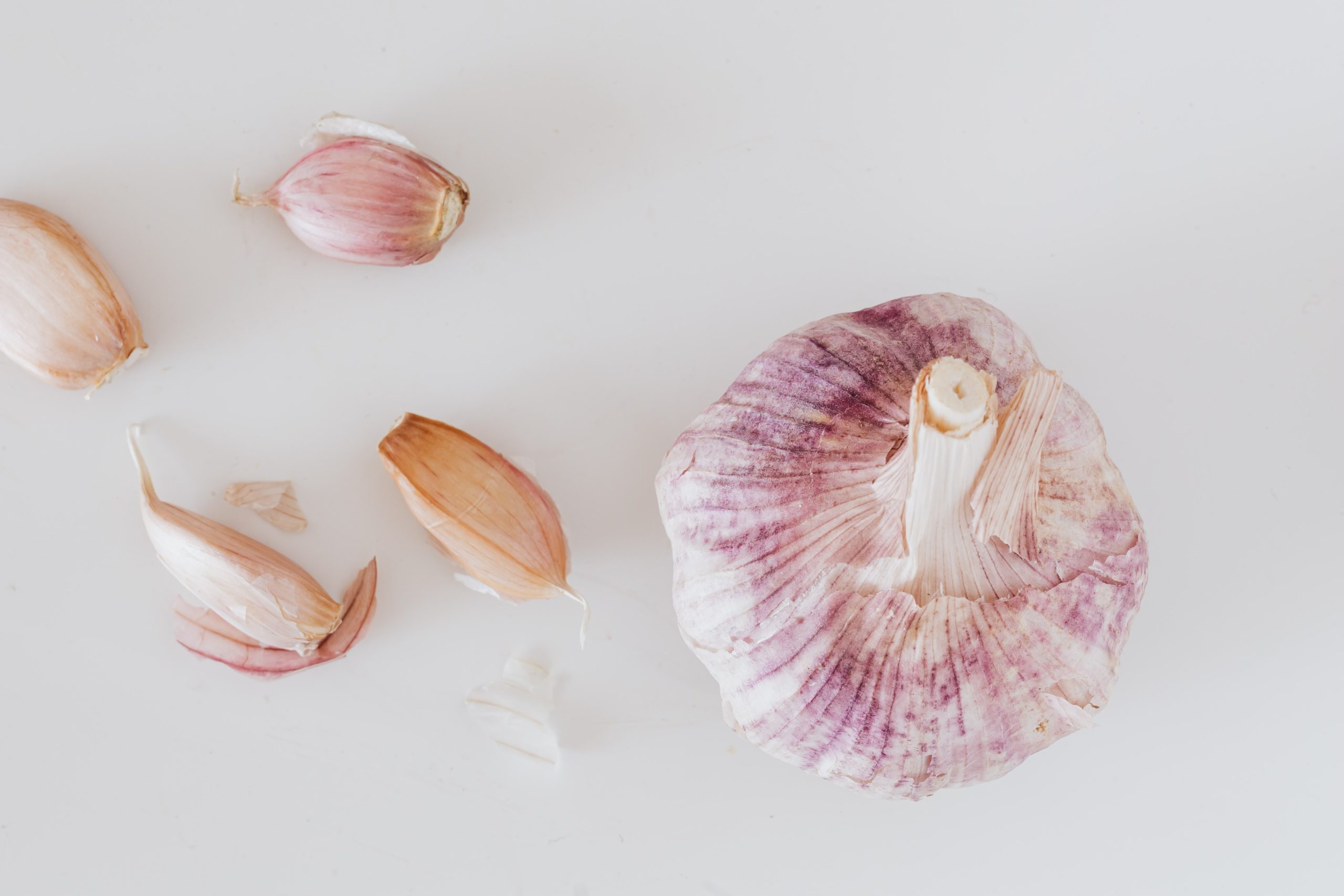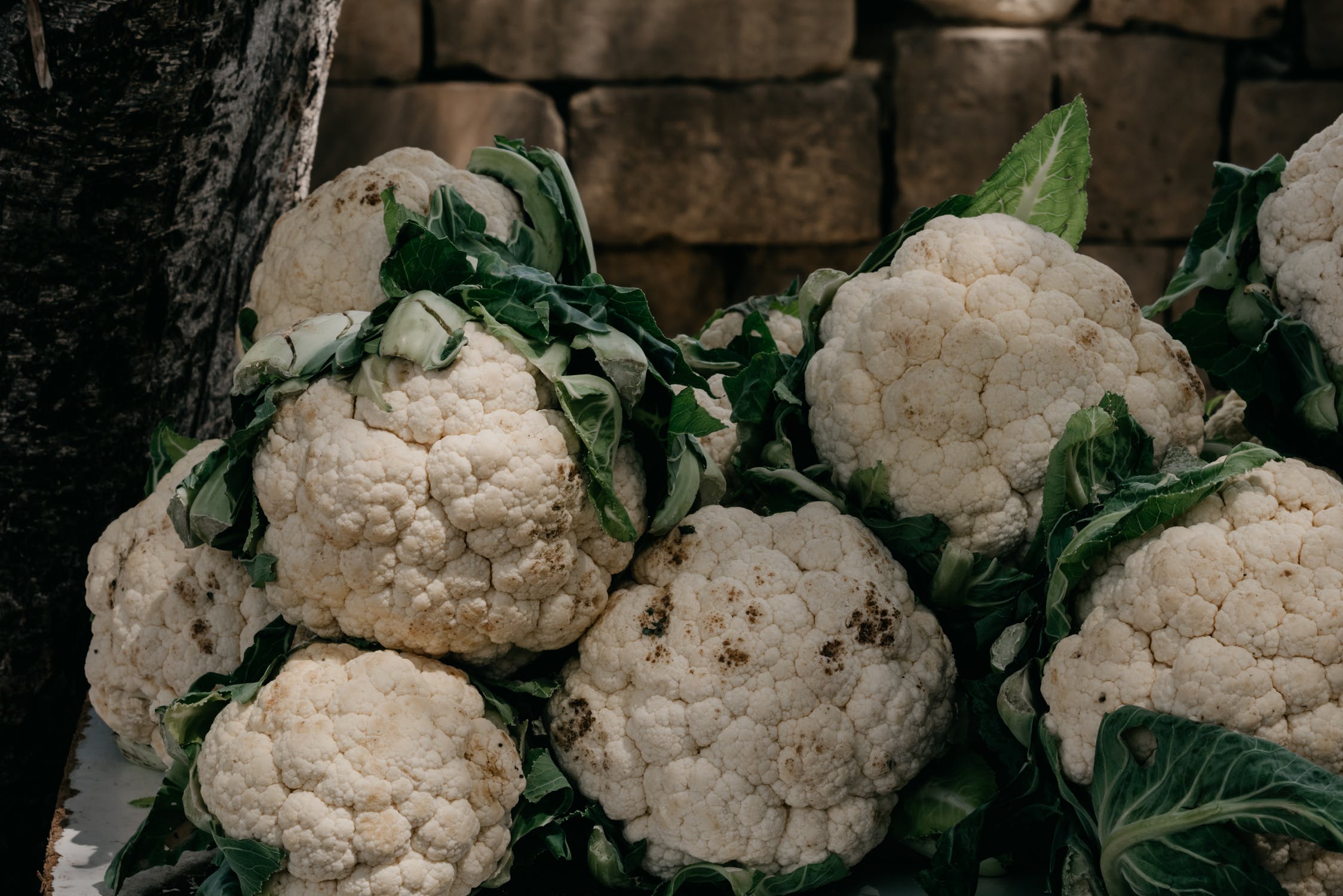Matcha is such a buzz word at the moment and it can definitely be an intimidating drink but I wanted to make this blog post to discuss what the hype is all about and show you how easy it can be to make matcha at home! & the benefits are SO GOOD. Below I’ve outlined some of the top things you need to know about matcha:
- The benefits: Matcha is packed with the catechin EGCG which is amazing for boosting metabolism and supporting weight loss. But also it contains l-theanine which slows the release of caffeine so you get sustained energy instead of a jolt followed by a crash :) Overall, this means that matcha can actually help induce a calming effect on the body and enhance mood.
- Stone ground: The reason that matcha is stone ground is to give it that silky consistency, that when mixed with hot water easily forms a smooth cup of tea (or tea concentrate if you’re making a latte – like I always do!) Stone-ground is the key to authentic matcha!
- Tencha leaf: As mentioned above, matcha is ground into powder, thus it is not kneaded like other tea leaves. The tea leaf used to make matcha is called Tencha, which is a shade-grown leaf which has a bold and elegant taste. It’s unlike any other tea, but if you’ve had matcha before you know EXACTLY what I’m talking about!
- Ceremonial v. culinary: There are different grades of matcha so it’s important to know the difference depending on your intended usage. Culinary matcha is intended for cooking and baking or even smoothies. You can literally sneak it into some of your favorite meals for all the benefits, without even knowing it’s there. Culinary matcha – while fine to drink – actually has a slightly less delicate flavor than its ceremonial counterpart because ceremonial matcha is made from the youngest tea leaves with the stems and veins removed! So – as a rule of thumb, ceremonial grade matcha tastes much more elegant (and its price reflects that) so it’s meant to drink straight, whereas culinary matcha is left for incorporating into cooking, blending, and baking!
- Who’s regulating the industry? Ironically, the matcha industry has few regulations, so you can get poor quality ceremonial matcha simply because someone labeled it that way. A good rule of thumb – avoid giving yourself a headache and researching for hours – is to be sure of its stone-ground shade-grown tencha leaf.
Here’s how to make it:
Mix 1.5 tsp matcha in 2 oz hot water using a whisk (or a spoon)! Then you’ll need 5-6 oz of milk :) You can froth & warm plant milk (my favs are oat and coconut) for a warm latte or add ice cubes and just pour for an iced matcha 🍵 If it’s too butter for you add a teaspoon of maple syrup or coconut nectar & it will be perfect :)
Hope this is helpful! Let me know if you plan to give this a try ☺️




